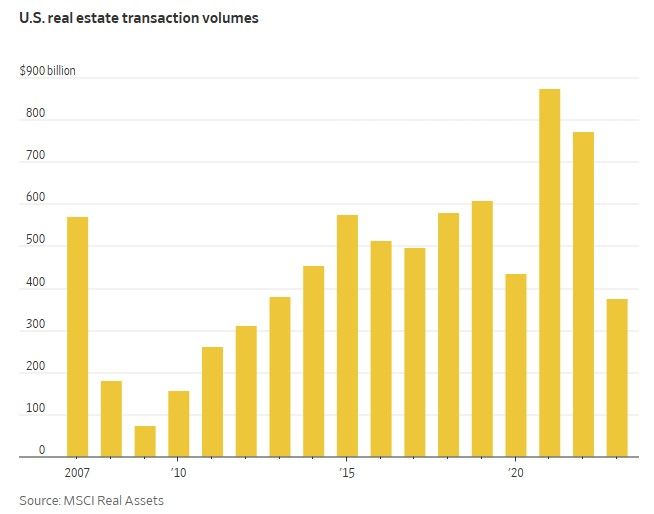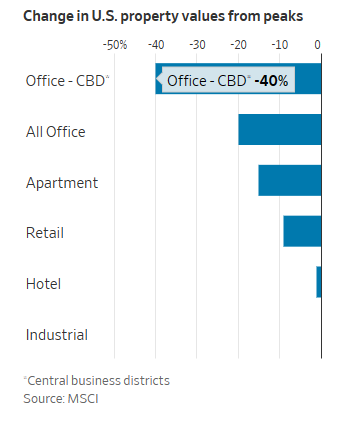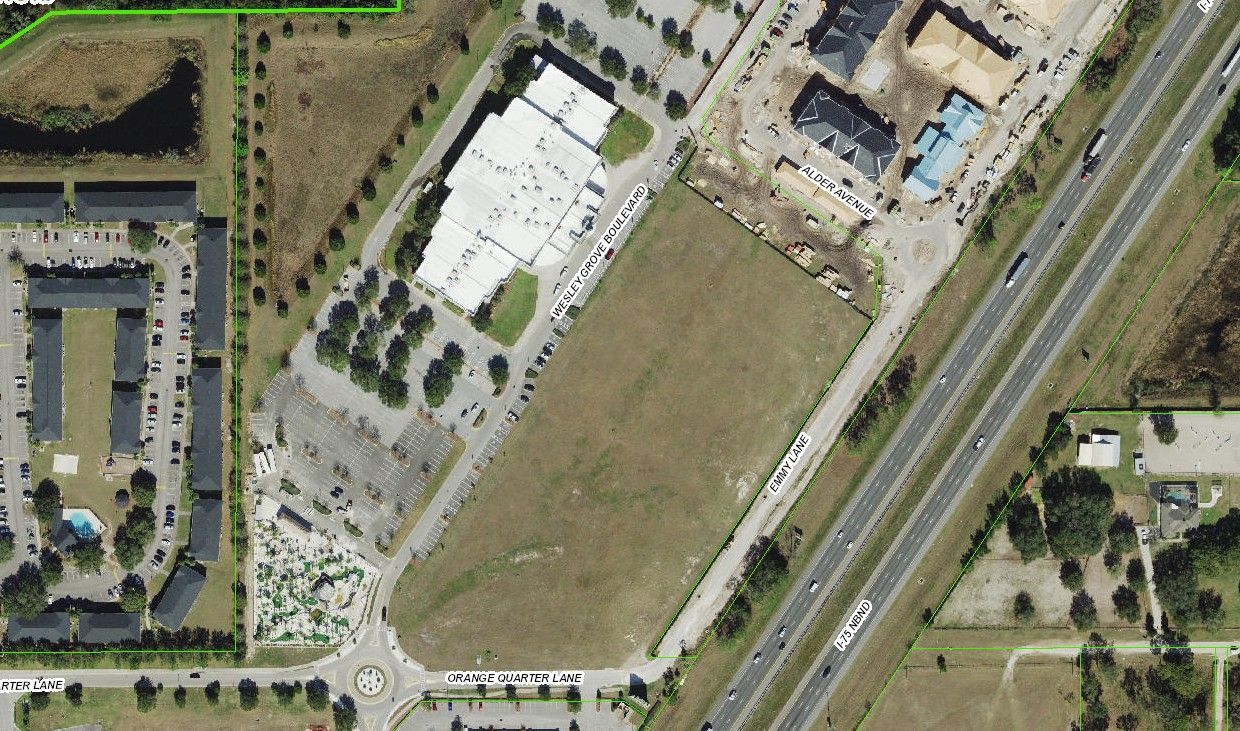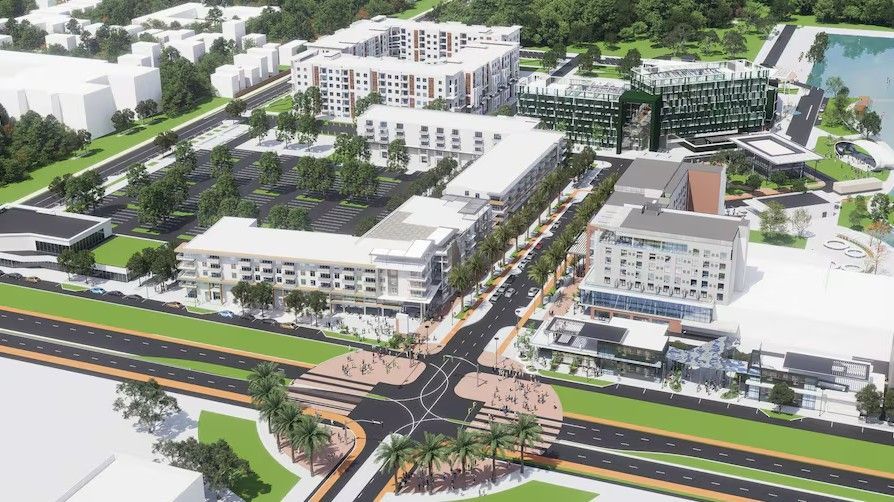Commercial Real Estate Transactions Fall, Bargains Remain Elusive
$374 billion of commercial real estate sold in the United States in 2023, according to MSCI data. While this seems like a sizable number it is a 51% drop compared to 2022. Notably it is also 14% lower than 2020 – a time when some prospective buyers couldn’t view buildings for most of the year due to COVID-19 restrictions. Property investors seemingly sat on the sidelines last year, and the 2009-style discounts they hoped for never materialized for the real estate they want to own.

The RCA CPPI National All-Property Index tracked that U.S. Commercial Real Estate prices are down 11% from peaks during the period the Federal Reserve began raising interest rates in early 2022. While some real estate has gotten cheaper, it is mainly the riskiest type. For example, offices in oversupplied business hubs, such has San Francisco, have fallen 40% in value since March 2022. Major reinvestment will be needed to attract tenants.
Apartments have slipped 15% from their peak. Apartments became widely overvalued as strong rent growth attracted speculative investors during the pandemic. E-commerce warehouses haven’t lost any value, and hotels seemingly have not budged either. Hotels look to benefit from a crackdown of Airbnb rentals in cities – especially New York City, where prices took a hit during the pandemic. Niche real estate like self-storage is also holding value as investors seek properties with low operating costs and reliable income streams.

High interest rates have not yet triggered the same type of distressed sales that were seen pushing prices down during the 2008 financial crisis. Economic growth continues to be somewhat healthy in the U.S. and most tenants continue to pay rent. Landlords are becoming more stretched, and rental income was equivalent to around 1.6 times mortgage costs at the end of October, compared with a long-term average of 2.1. The ratio is above the minimum lenders require to underwrite a loan. This goes along with the “1% Rule”, in which if a potential investment is to pass the 1% rule, its monthly rent must be equal to or no less than 1% of the purchase price. (Rocket Mortgage)
Owners that sold property in last years weak market needed to raise cash quickly – for different reasons. Their bank could have asked them to inject more equity into a different property for refinancing or they had to sell assets to meet investor demands. BREIT – Blackstone’s non-traded real estate fund sold around $12 billion of U.S. property last year to meet redemption requests, many consisting of high-quality buildings that did not need heavy discounting.
In unloved sectors, prices are likely to keep falling. The gap between what a buyer is willing to pay and what a seller is willing to accept is still wide in city-center offices and prices may need to come down a further 20%. Dry powder data from Preqin shows investors have raised $240 bullion to pour into U.S. real estate. The current stall in deal activity has echoes of what happened in the last financial crisis when some of the most profitable property deals in modern history were made. However, a much more troubled economy needs to be introduced to throw up similar bargains in 2024.
Cliggitt Valuation Inc. would like to note that the opinions formed from the above provided data are those of the Wall Street Journal. This blog is simply intended to be informative for general purposes and should not be taken as investment advice. If you are in need of investment advice for a specific West Central Florida market, please contact us today so we can hear more of your needs!
Source: The Wall Street Journal
Thank you for your interest. If you are in need of Appraisal & Valuation services in the West Central Florida Market, contact:
Mike Cliggitt, MAI, MRICS, CCIM
813.405.1705 | 863.661.1165 - Direct Lines
SHARE CONTENT





